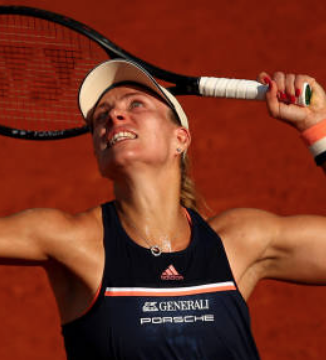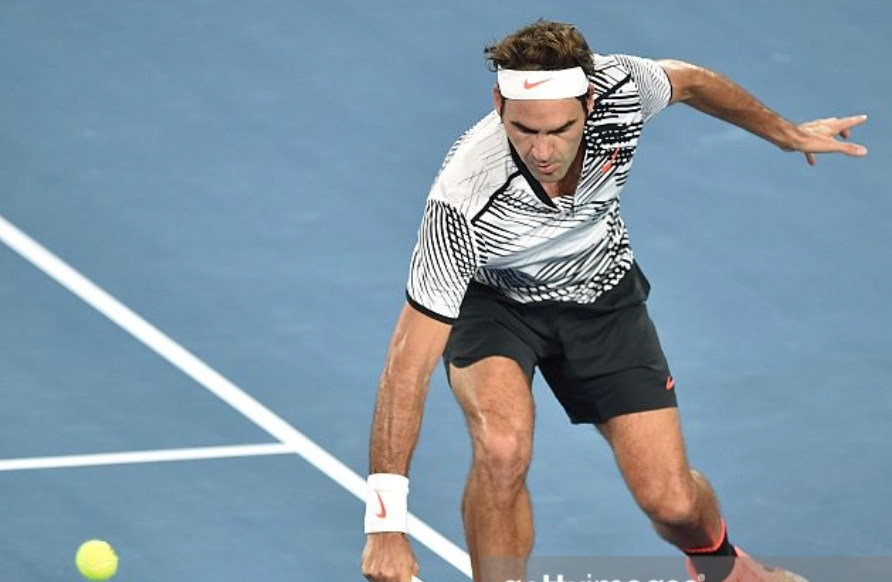
Have Matches Become Harder to Predict in the Time of Covid?
The pandemic has caused the most sustained disruption to the tennis calendar the sport has ever faced. And, while tennis has returned in some form over the past six months, it has not been a return to normal. With all of the challenges players and events have undergone, many of us are likely wondering whether pro competition has changed in some fundamental way? In this post, I try to shed light on this question by looking at trends in event predictability before and during the pandemic.



